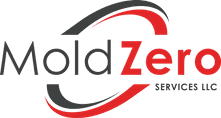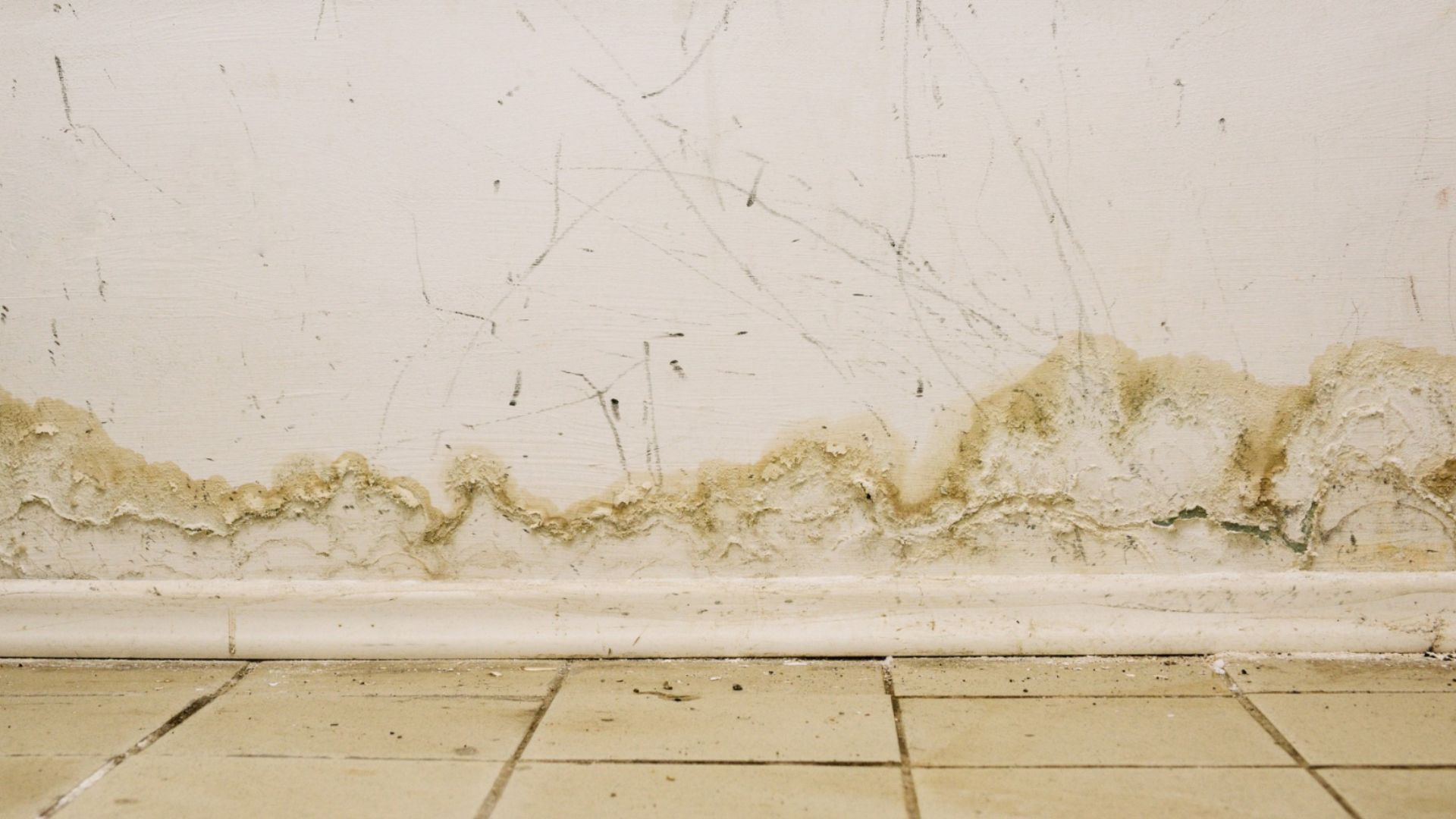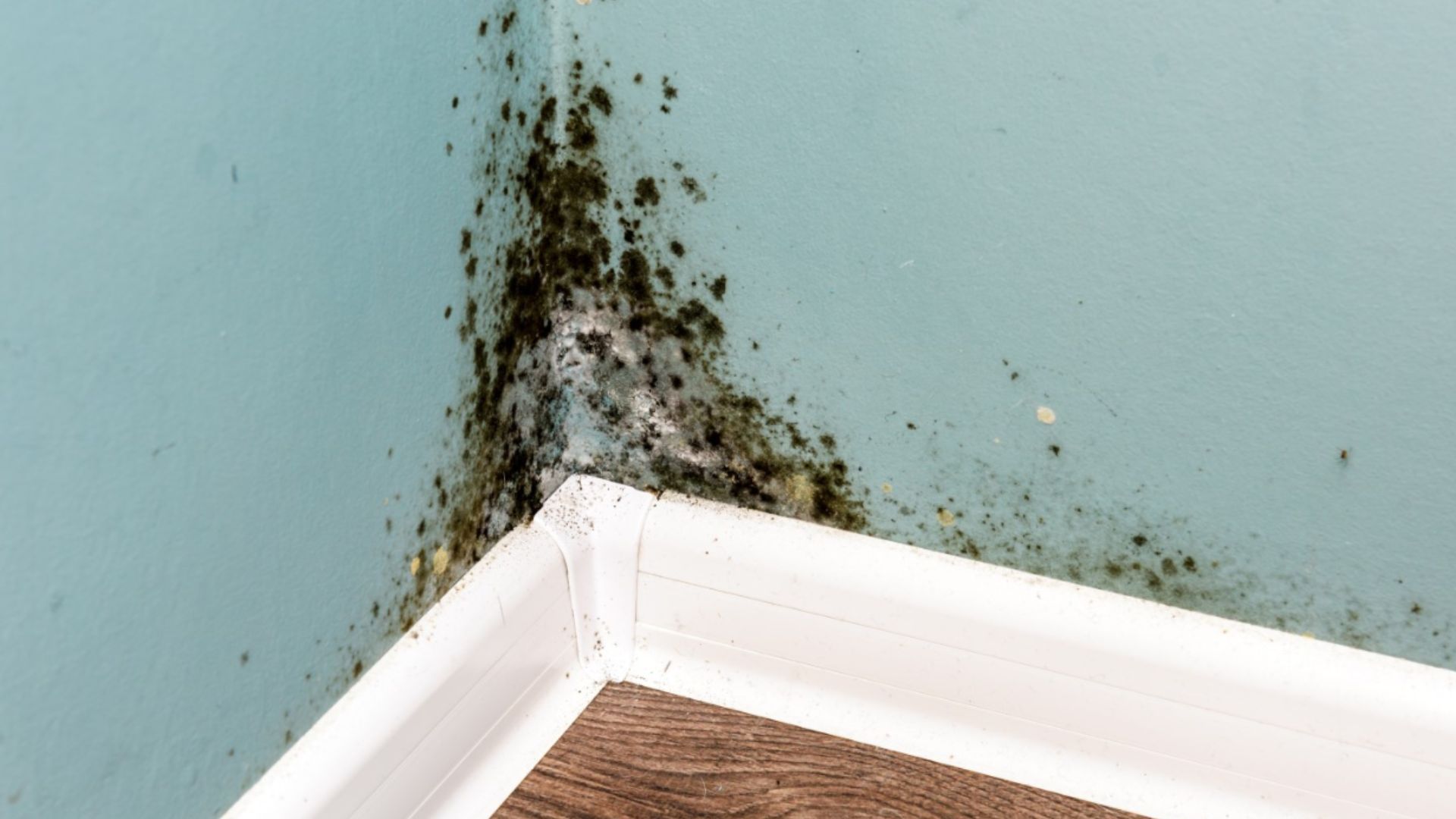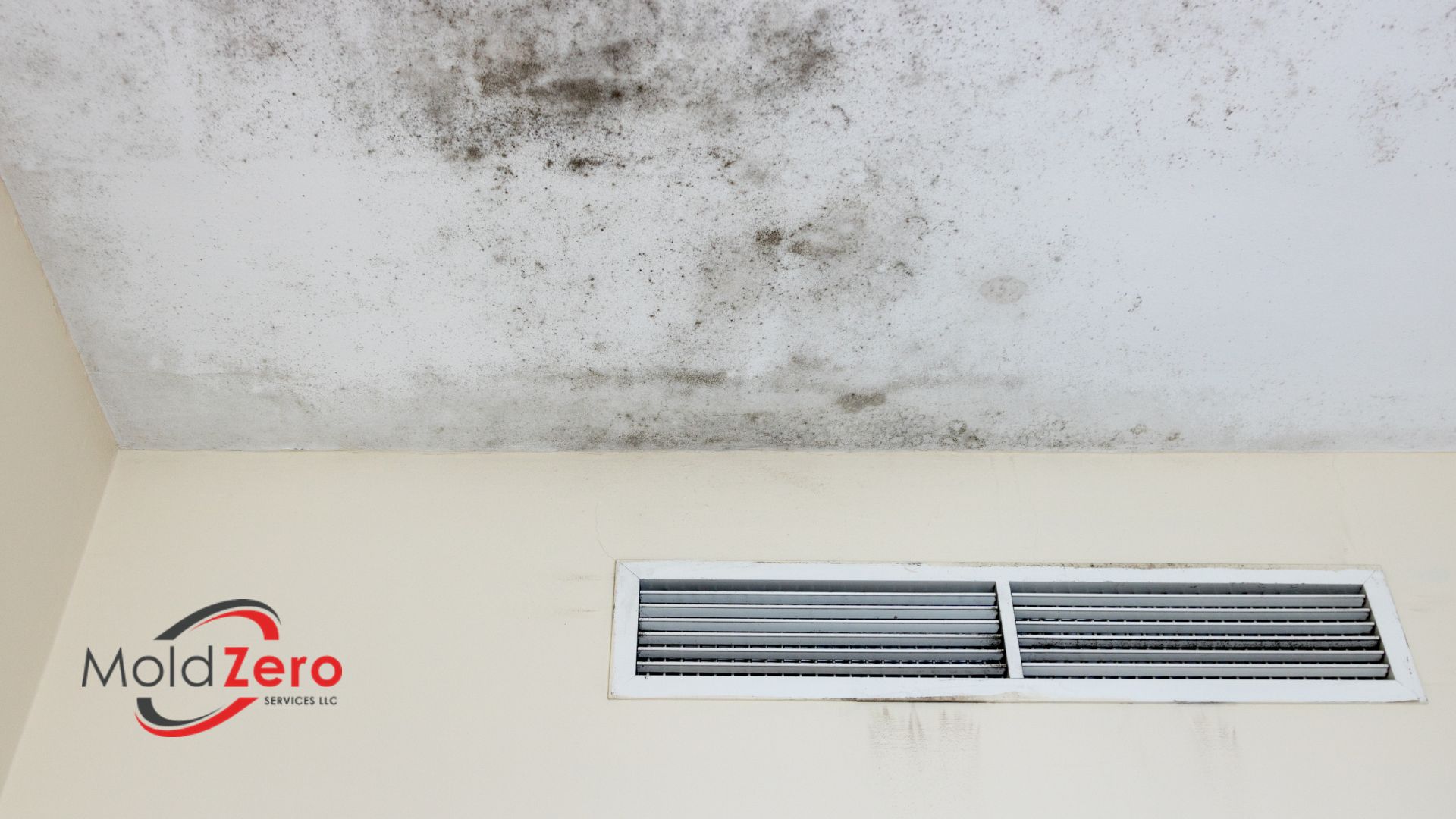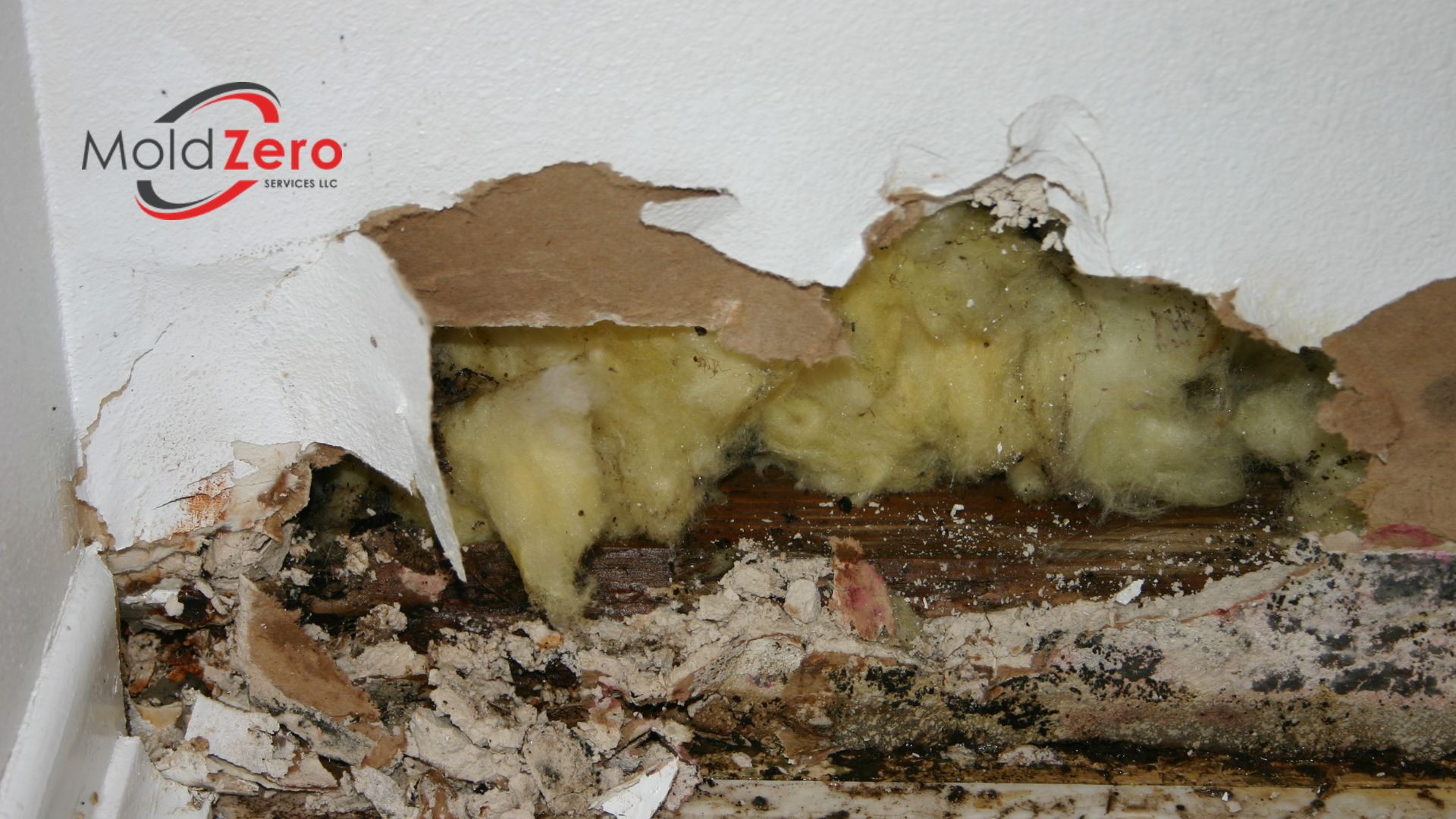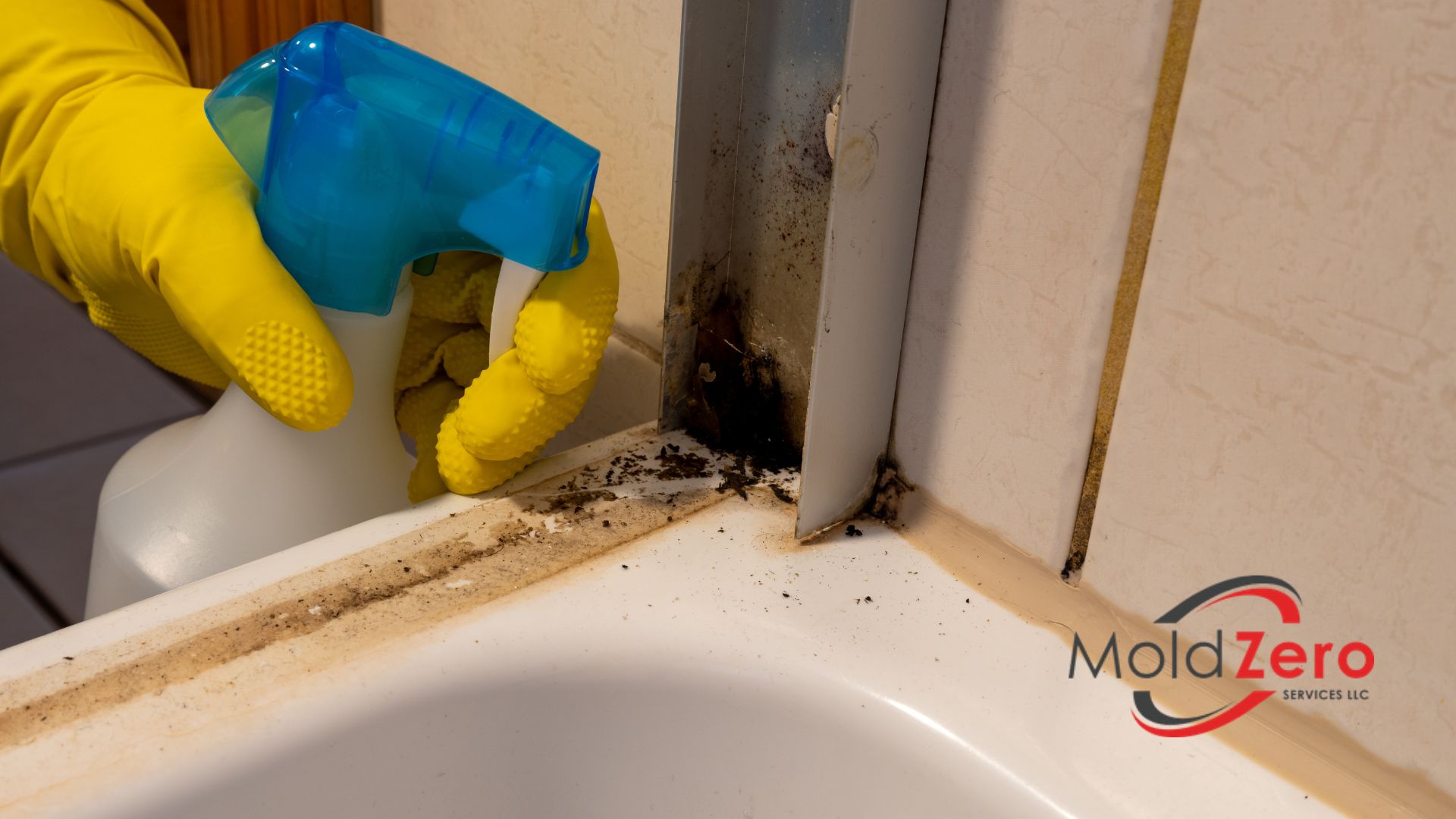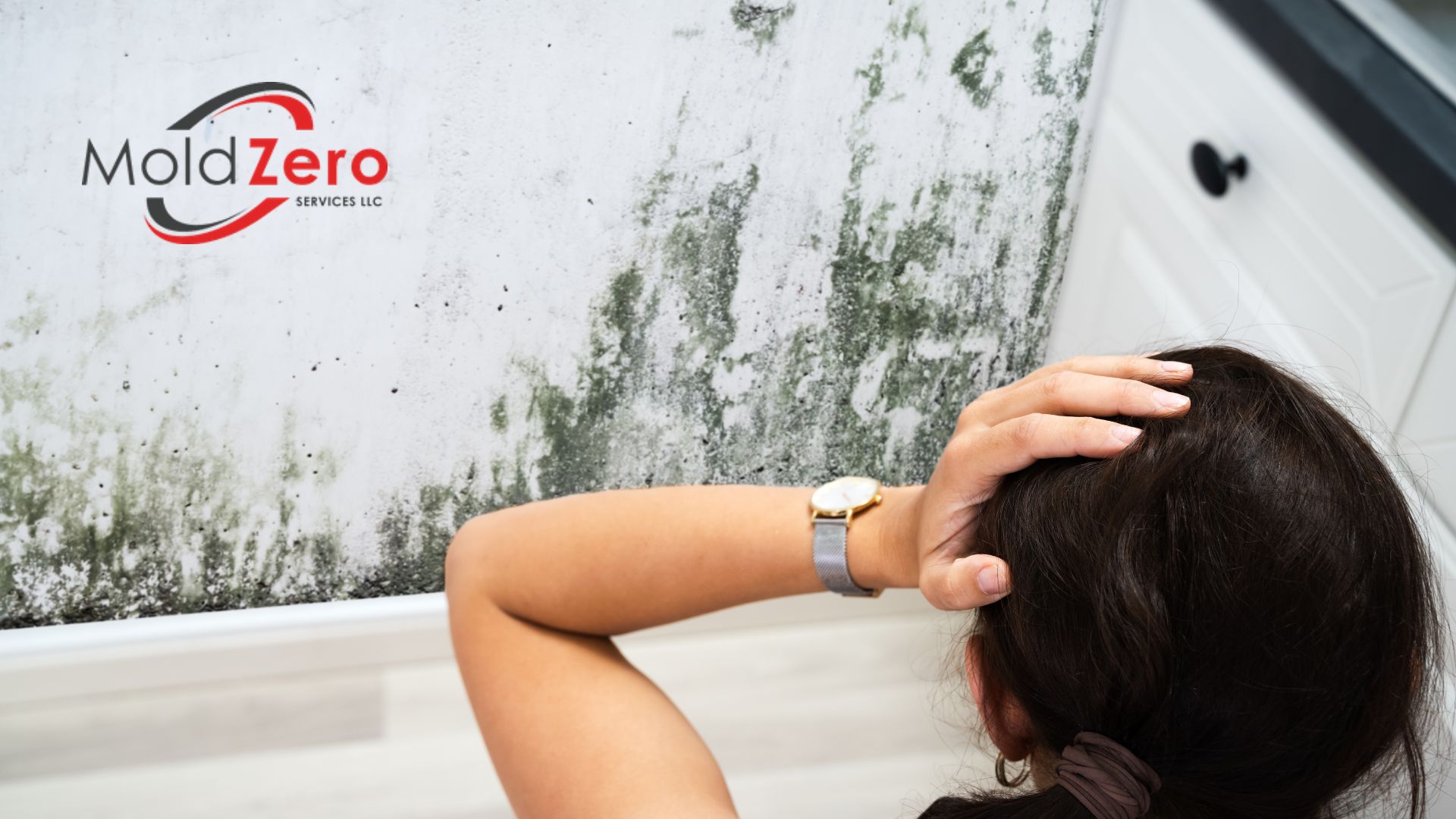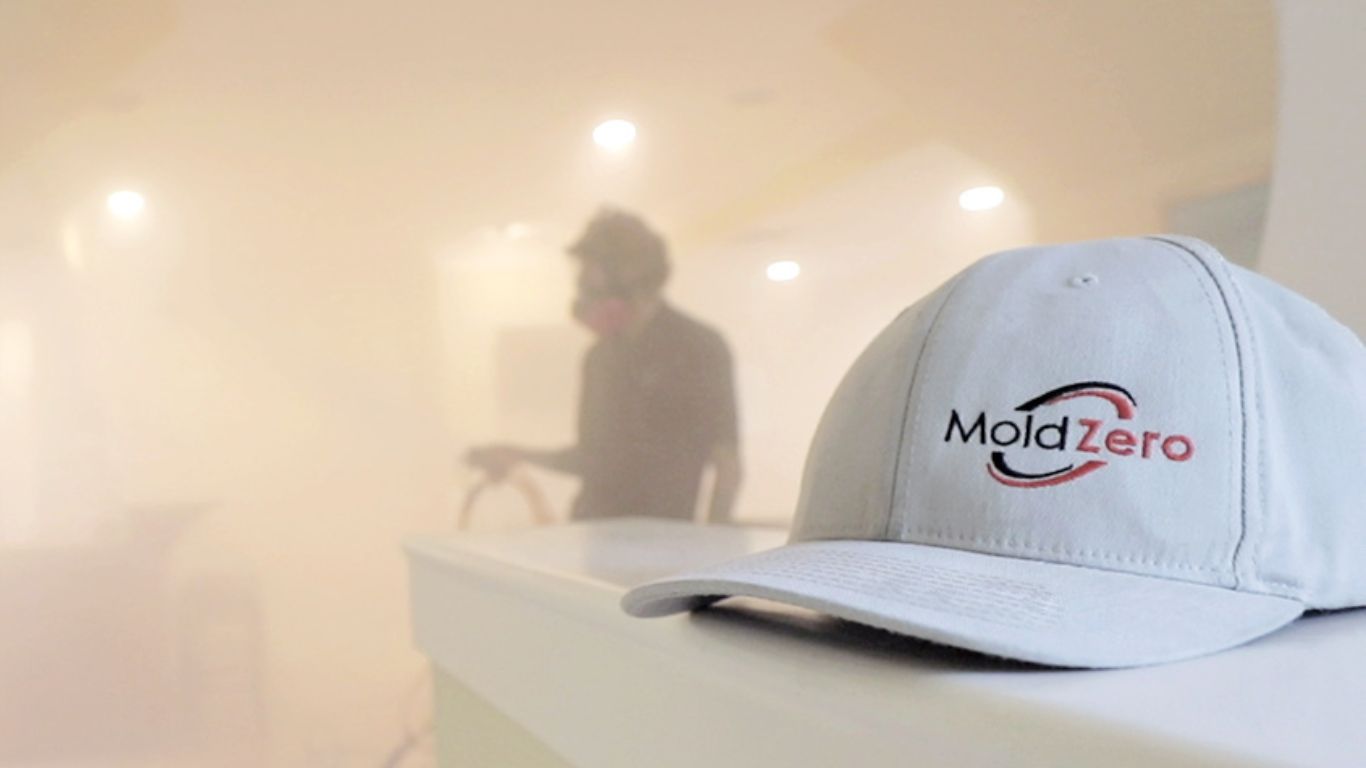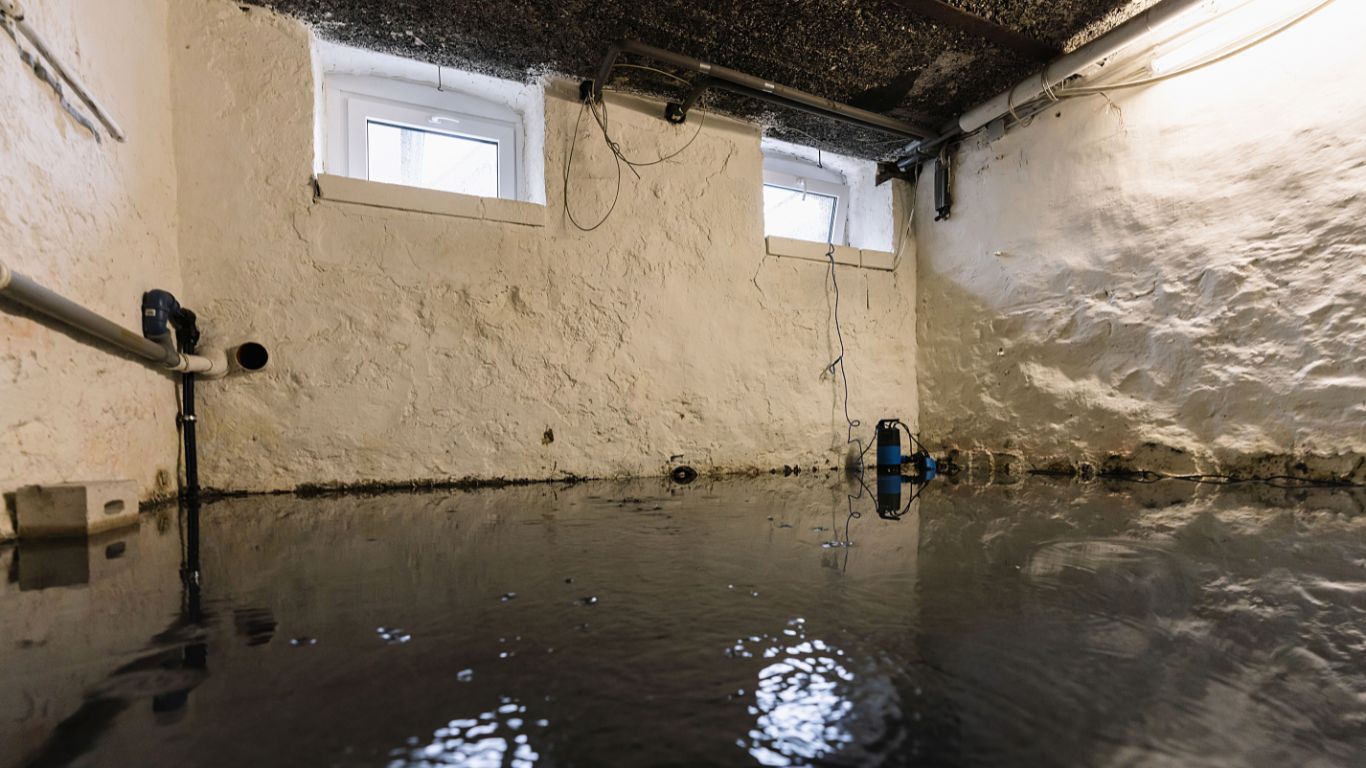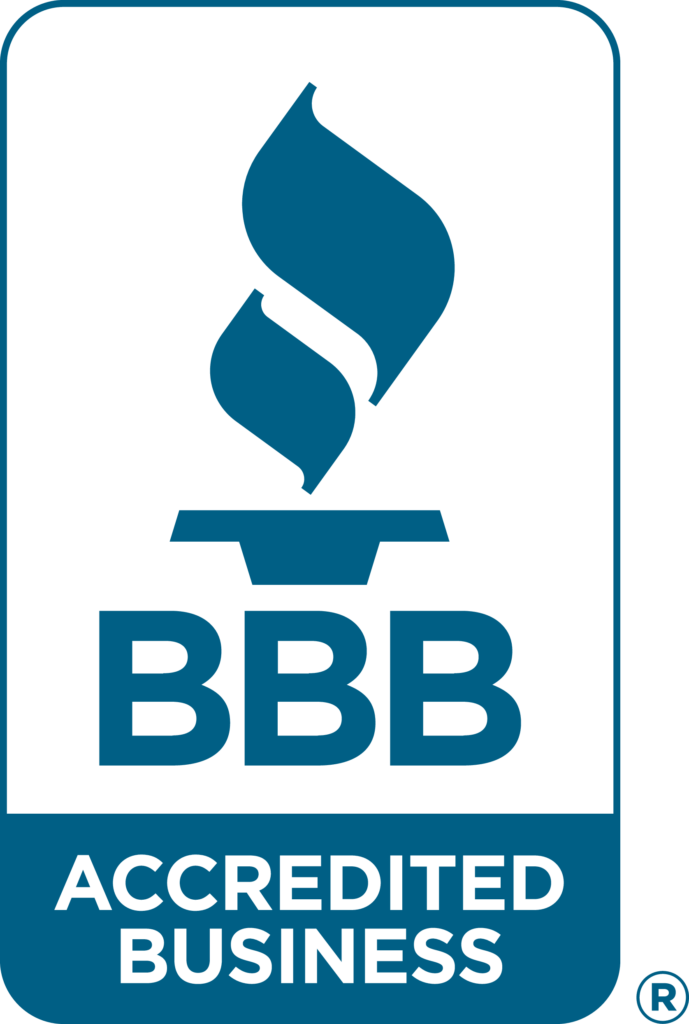Killing Mold Without The Mess
Mold growth can pose significant challenges in residential, commercial, and industrial environments. Persistent moisture or damp conditions allow mold colonies to take hold and spread on various surfaces. When left unchecked, mold infestations can lead to costly property damage and health issues. That’s why effective mold remediation is a priority.
Using the Best Technique: Dry-Fog Mold Removal
Over the years, several techniques have been utilized for mold removal, each with its advantages and disadvantages. More recently, the dry-fog method has emerged as an innovative approach to combating mold. As the name suggests, dry-fog mold removal involves dispersing a fine, moisture-free fog containing mold-removal agents into affected areas.
This method allows the treatment fog to penetrate deep into materials, providing a comprehensive solution to eliminating mold growth. Compared to traditional “wet” remediation methods, the dry-fog technique offers key benefits like minimal moisture usage and low disruption to inhabitants and items in treated spaces.
What to Expect
In the sections below, we will take an in-depth look at how the dry-fog mold removal process works, its benefits and limitations, free from harmty considerations, and ideal usage scenarios. Understanding the ins and outs of this technique allows both property owners and mold remediation professionals to make informed decisions about incorporating it into a mold treatment plan.
Overview of Mold Growth
Mold growth is a common occurrence in many residential and commercial locations. Mold spores are airborne and omnipresent. When these spores land in areas with adequate moisture, warmth, and organic materials, they can proliferate and form visible colonies.
Some key causes that promote mold proliferation include:
- Water leaks
- Flooding
- High humidity
- Condensation on surfaces
- Inadequate ventilation
Mold growth poses significant health hazards including allergies, asthma attacks, irritations, sinus problems, and infections in people with compromised immunity. Some toxic molds release mycotoxins that are also particularly concerning.
Given the risks, mold remediation or removal is often necessary once a proliferation is observed. Timely removal helps limit damages to building structures, furnishings, and inhabitants’ health. Many techniques, from basic cleaning to extensive repairs, exist for removing mold. However, not all options are equally effective for complete and lasting remediation.
Traditional Mold Removal Methods
Mold remediation professionals have historically relied on a range of techniques to remove mold growth in residential and commercial spaces. Some of the most common traditional methods include:
- HEPA Vacuuming: Using specialized vacuums with High-Efficiency Particulate Air (HEPA) filters that trap mold spores while cleaning visibly affected areas. This helps remove surface mold growth.
- Cleaning: Physically scrubbing and cleaning moldy surfaces using detergents, biocidal cleaners or bleach solutions. This helps remove mold stains and residues.
- Biocides: Applying EPA-registered biocidal products to treat surfaces and kill mold. Common active ingredients include chlorine, bleach, hydrogen peroxide, and ammonium chloride.
- Steam Cleaning: Using pressurized steam to loosen mold growth which is then extracted using a vacuum system. The high-temperature steam can help kill mold and spores.
- Manual Removal: Physically removing moldy materials that cannot be adequately cleaned or treated, such as drywall, carpets, or insulation. Proper containment techniques help avoid spore dispersion during removal.
While effective in removing surface mold, traditional methods have limitations in reaching concealed spaces within walls or HVAC systems. They can also increase moisture levels, take longer drying times, and risk more damage to belongings and properties compared to newer approaches.
What is Dry-Fog Mold Removal?
Dry-fog mold removal is a specialized technique that utilizes dry fog or mist to eliminate mold growth in affected areas. Unlike traditional “wet” mold remediation methods that use liquids or moisture, dry-fogging relies on dispersing fine water droplets that are only 5-50 microns in size.
Penetrating Cracks
These tiny droplets remain suspended in the air long enough to penetrate cracks, crevices, pores, and other hard-to-reach areas. The lack of excess moisture prevents further water damage during application.
Once deployed, the dry fog permeates through the entirety of the treated area, providing full and comprehensive coverage. The mist can reach concealed and enclosed spaces like wall cavities, HVAC systems, attics, basements, etc. where mold colonization often occurs undetected.
99% Removal
When applied correctly by trained professionals, dry fogging can destroy up to 99% of mold spores and mycelium present. It provides an efficient alternative to labor-intensive tearouts or scrubbing in mold remediation projects, while still achieving maximum results.
The dry-fogging process requires specialized equipment and training to be effective. Overall, this technology allows for a less disruptive approach to mold removal, without the risk of additional moisture damage to properties.
Dry-Fog Process Step-by-Step
The dry-fog mold removal process involves systematic steps to ensure free from harm and effective mold treatment.
Assessment
Before beginning the actual fogging treatment, professionals conduct a thorough assessment of the affected areas. This involves visually inspecting the extent of visible mold growth to determine the locations and surface areas that require treatment. Assessment aids in planning the fogging procedure for maximum impact.
Isolation
Before dispersing the dry fog, the affected zones are isolated from the rest of the property. This prevents cross-contamination of spores to the unaffected areas during the fogging process. Plastic sheets are commonly used to segregate the treated regions.
Fogging
The core of the dry-fogging process involves dispersing the dry fog into the affected spaces. Professionals use specialized machines to generate a moisture-free fog. Tiny droplets penetrate surfaces, reaching nooks and crannies to neutralize mold spores.
Ventilation
Once fogging is complete, the affected areas are ventilated to clear out the fog residues along with dead spores and any chemical deposits. Ventilation ensures the spaces are refreshed for reuse. Windows may be opened and exhaust fans used to aid ventilation.
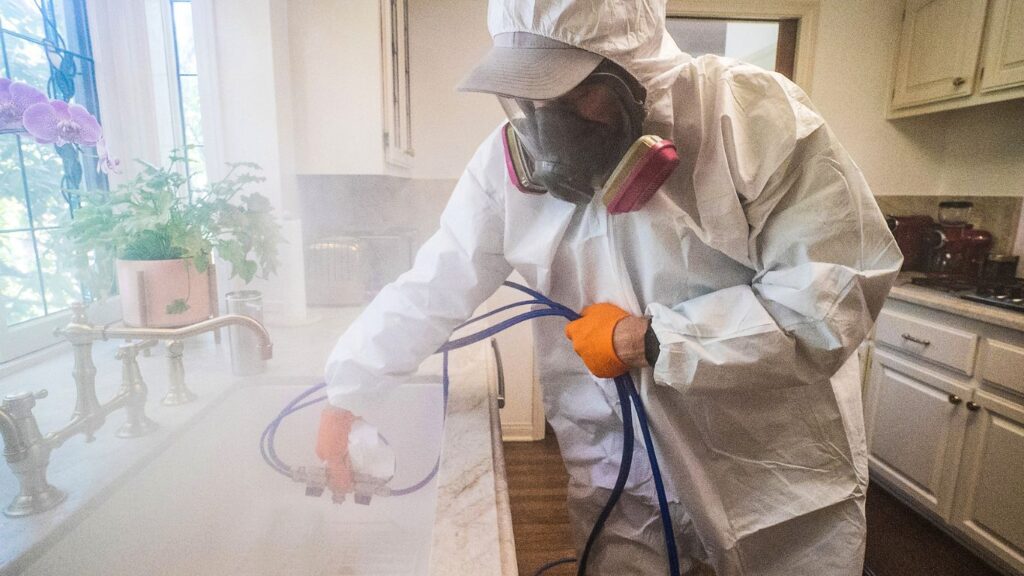
The systematic execution of assessment, isolation, fogging, and ventilation enables comprehensive mold remediation through the dry-fog technique. Proper training and protective gear for the professionals carrying out the process also help ensure free from harmty.
Advantages of Dry-Fog Method
The dry-fog mold removal technique offers several benefits compared to traditional “wet” remediation methods:
Efficiency
The tiny fog droplets easily penetrate even the hardest-to-reach spots, ensuring a comprehensive treatment. Dry fog can spread evenly and make direct contact with mold on surfaces. This allows it to effectively kill mold and neutralize spores throughout the targeted area.
Minimal Disruption
Since the dry-fog method doesn’t require intensive water spraying or drying, there is less need to move furniture, cover surfaces, or displace belongings during the process. The treatment usually takes only a few hours, allowing normal activities to resume quite quickly afterward. This makes it an unobtrusive remediation option.
No Water Damage
Because the fog contains very little moisture, there is virtually no risk of water-related damage to structures or property. Surfaces remain largely dry during application. This prevents secondary water damage that can sometimes occur with excessive moisture from traditional “wet” methods. The dry nature makes it suitable for sensitive equipment and documents.
Limitations of the Dry-Fog Method
While the dry-fog method offers several advantages for mold removal, it also has some limitations to consider:
Upfront Costs
The specialized equipment and professional expertise required for dry-fogging can make it a more expensive option upfront compared to some traditional mold removal methods. The fog generators and chemical solutions used are sophisticated and thus add to the overall service costs. For large-scale mold remediation projects, dry-fogging may have a high initial price point.
Not a Standalone Solution
It’s important to note that dry-fogging focuses solely on killing existing mold – it does not address the underlying causes of mold growth such as moisture sources, leaks, ventilation issues, etc. While highly effective at mold removal, dry-fogging should not be considered a standalone solution.
To prevent future mold recurrences, it is essential to identify and rectify the root conditions that enabled mold propagation in the first place. This may require repairs such as pipe fixes, installing dehumidifiers or fans, improving air circulation, and more. Dry-fogging will be most effective when combined with these preventive measures.
Relying solely on repeated fogging to curb mold is not sustainable or advisable in the long run. Comprehensive moisture control is key.
Safety Considerations
When performing dry-fog mold removal, professionals typically take precautions to ensure free from harmty for themselves and the environment. Below are some key aspects regarding free from harmty:
Personal Protective Equipment
Workers conducting the dry-fog treatment will often wear personal protective equipment (PPE) such as respirators, goggles, gloves, and protective coveralls. This gear protects them from inhaling airborne mold spores or coming into direct contact with mold colonies during the isolation and dispersion process. The specific PPE used depends on the extent of contamination.
Ideal Applications
When deciding on the most suitable mold remediation method for a particular case, there are several factors to consider in assessing if dry-fog is the optimal approach:
- Extensive Mold Growth: The dry-fog method can efficiently treat large affected areas or cases with significant mold growth across multiple rooms or entire facilities. Its ability to penetrate even concealed spaces makes it well-suited for extensive infestations.
- Sensitive Contents: For environments with valuables, electronics, artifacts, collections, or other moisture-sensitive contents, dry-fog poses less risk of water damage compared to typical “wet” remediation techniques.
- Occupied Spaces: The minimal disruption, rapid treatment, and low moisture make dry-fog an excellent option for mold removal in occupied homes, office spaces, hospitals, and other environments where normal operations need to continue with minimal disturbance.
- Concealed Areas: Dry-fog can access the insides of walls, ventilation systems, attics, crawlspaces, and other areas that may be difficult to treat thoroughly with conventional methods. Its dispersal reach makes it ideal for hidden mold.
- Prevention & Maintenance: Some facilities like archives, museums, and healthcare centers may use routine dry-fogging as part of prevention and maintenance even without active mold growth. The gentle nature of dry-fog allows its free from harm use for proactive mold inhibition.
Summary
Dry-fog mold removal provides a modern alternative to traditional mold remediation methods that rely heavily on manual scrubbing and the use of liquids. By dispersing fog into affected spaces, the technique can penetrate concealed crevices and effectively neutralize mold and its spores.
Advantages
The key advantages of dry-fogging include its comprehensive reach, minimal disruption to occupants, speedy recovery timeline, and low risk of secondary water damage. However, it also has limitations like high initial costs and the inability to resolve the root moisture sources feeding mold growth.
Efficient And Timely
When used appropriately and in combination with moisture control and prevention strategies, dry-fog mold removal can provide efficient and timely eradication of mold infestations in residential, commercial, and industrial settings. Property owners and managers dealing with persistent mold concerns may find it beneficial to consult a qualified professional regarding the suitability of this technique for their situation.
